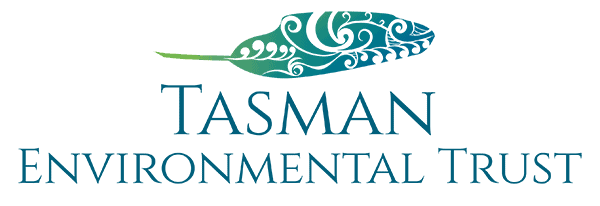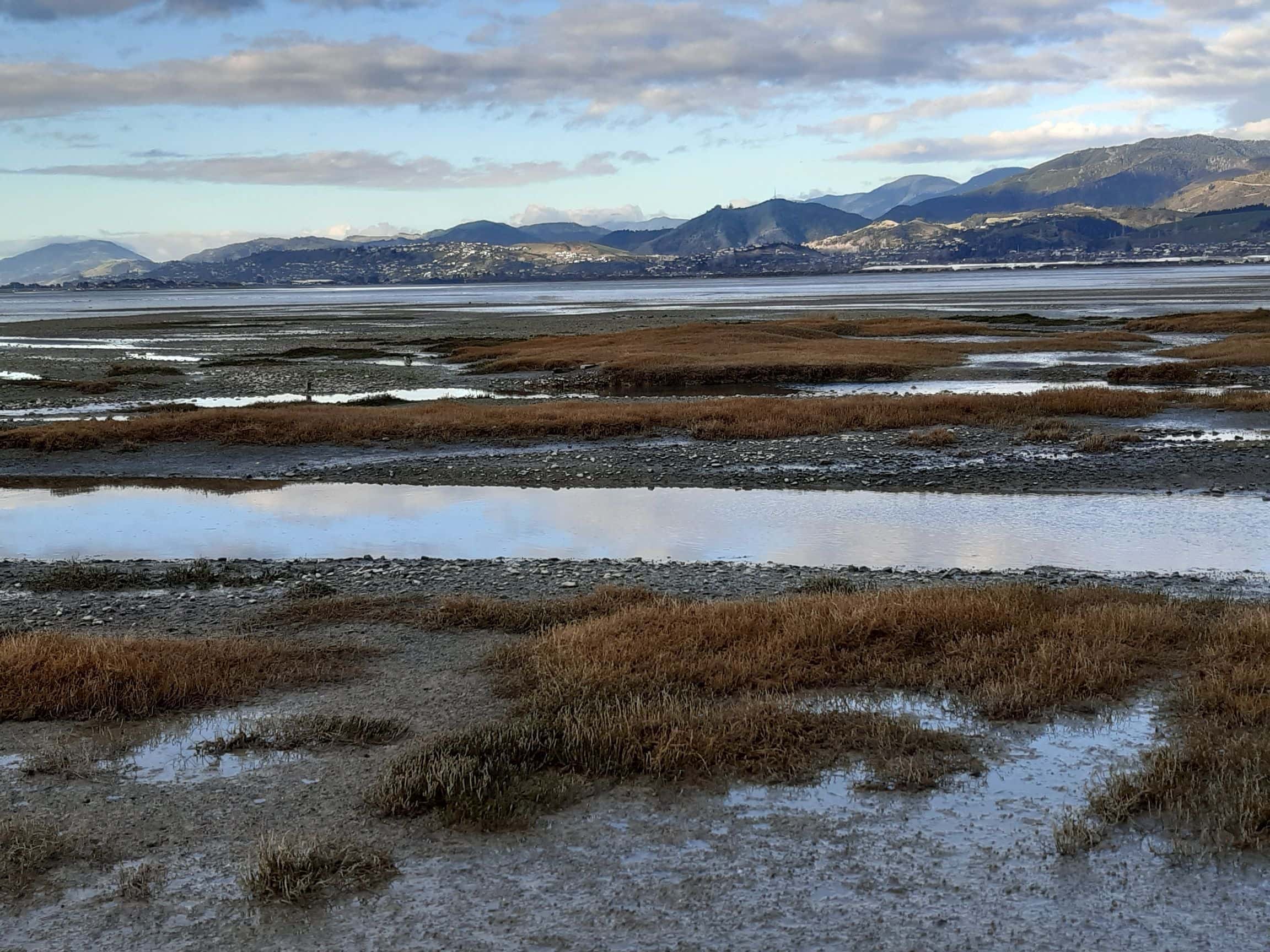Blue Carbon
Blue carbon is the carbon stored in marine and coastal ecosystems. Plants in these ecosystems fix carbon from the atmosphere, through photosynthesis. When the plant tissues die, the organic matter becomes incorporated into marine and coastal sediments, locking up the carbon.
The significance of these stores of carbon has only recently been recognised, with high levels of carbon sequestered for long periods of time (centuries or millennia). This is because the water-logged sediments are very low in oxygen, allowing the carbon fixed in the sediments to stay put as long as the sediment remains undisturbed. This is unlike terrestrial soils where soil carbon can be more easily released back into the atmosphere through microbial processes.
Protecting these stores of blue carbon is one of the many actions we need to take to limit the extent of climate change. And by protecting the blue carbon in coastal ecosystems like salt marsh and seagrass communities, we will also:
• build ecosystem resilience
• protect inland areas from climate change impacts such as storm surge
• safeguard habitat for biodiversity, including threatened bird species.
Core & Restore
TET, along with our key project partners and supporters, has developed a project to measure how much blue carbon is stored in our local coastal ecosystems by taking sediment cores and analysing the sediments for carbon. By collecting enough cores across ecosystems, we can calculate how much carbon these systems store, right here on our doorstep.
Once we know how much carbon is stored, we can figure out the positive benefits of protecting and restoring these ecosystems. And, potentially, we may be able to sell blue carbon credits via a carbon trading scheme, raising funds to support protection and restoration activities such as revegetation initiatives.
The information we gain will help us to prioritise areas for restoration. We can also figure out how much is lost when we allow these ecosystems to be degraded, enabling us to calculate the cost of processes that damage and destroy these systems.
Core & Restore Resources
Core and Restore Blue Carbon Project Pilot – FINAL November
Core and Restore Blue Carbon Field Protocol – FINAL November 2023
Coastal Blue Habitats Pilot Study for Te Tauihu
Bacterial Carbon Sequestration Potential Marine Wetland
Core & Restore Project Partners
Core & Restore’s key project partners include Cawthron Institute, Beca, Ngāti Apa ki te Rā Tō, and Nelson City Council (NCC). Our major supporters are Manawhenua ki Mohua, HealthPost Nature Trust and the Department of Conservation.
We are grateful to all our funders and sponsors, including Pic’s Peanut Butter, Live Ocean, Kidson Investments Ltd and Nelson Tasman Climate Forum.
The project has received significant in-kind contributions from filmmaker and photographer, Andy McDonald.
Core & Restore Blue Carbon in the media
Blue carbon projects pivotal in efforts to help protect and restore estuaries, hui hears: 31 March 2023, Stuff
‘Blue carbon’ sites could limit retreat from coast, groups say: 18 May 2022, Stuff
‘Blue carbon’ study grows along with national recognition: 15 May, Stuff
‘Blue carbon’ stores measured in groundbreaking Nelson inlet study: 10 Dec 2021, Stuff
Nelson City Council expands climate change response in Long Term Plan: 24 May 2021, Our Nelson (NCC publication)

